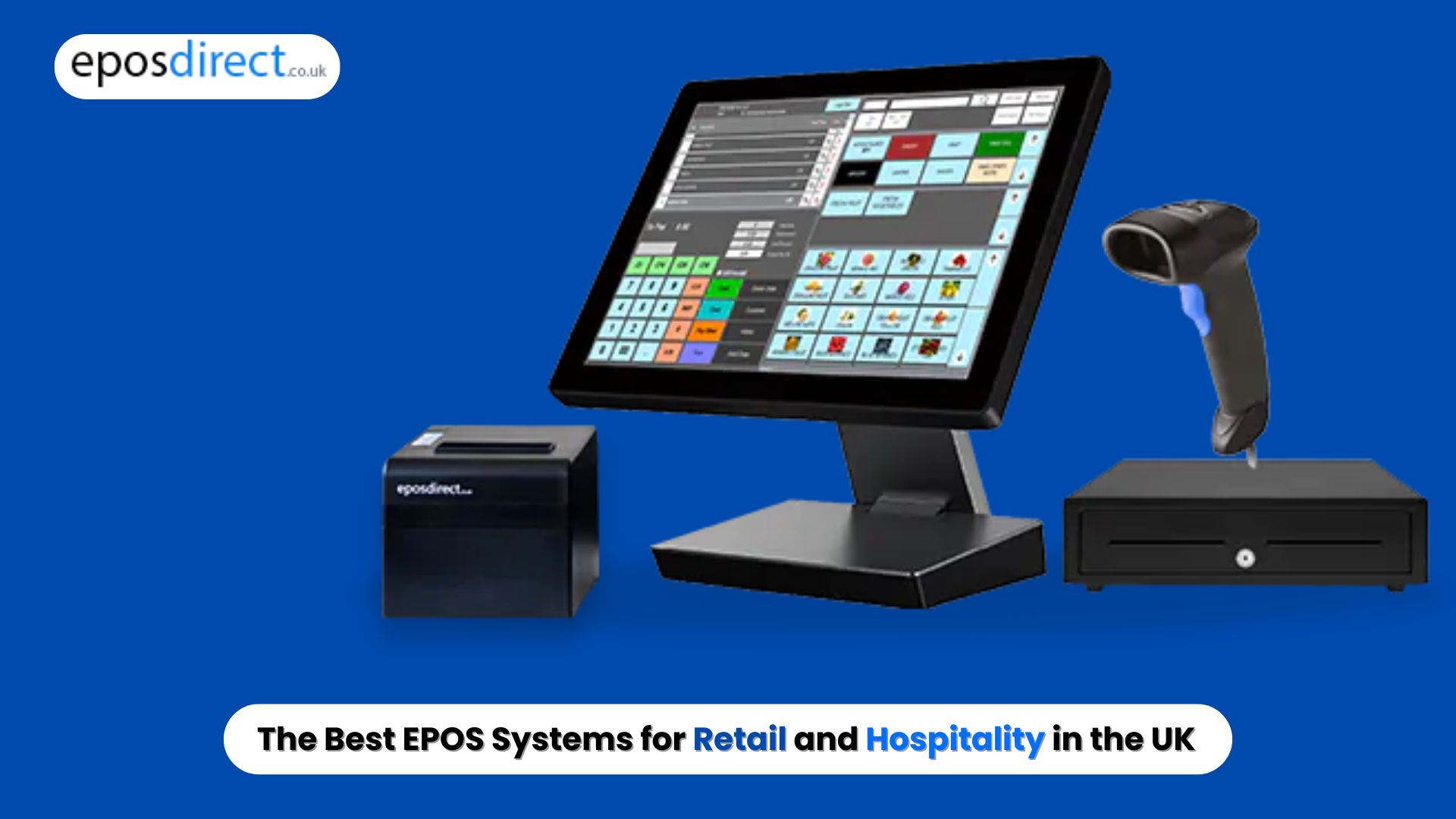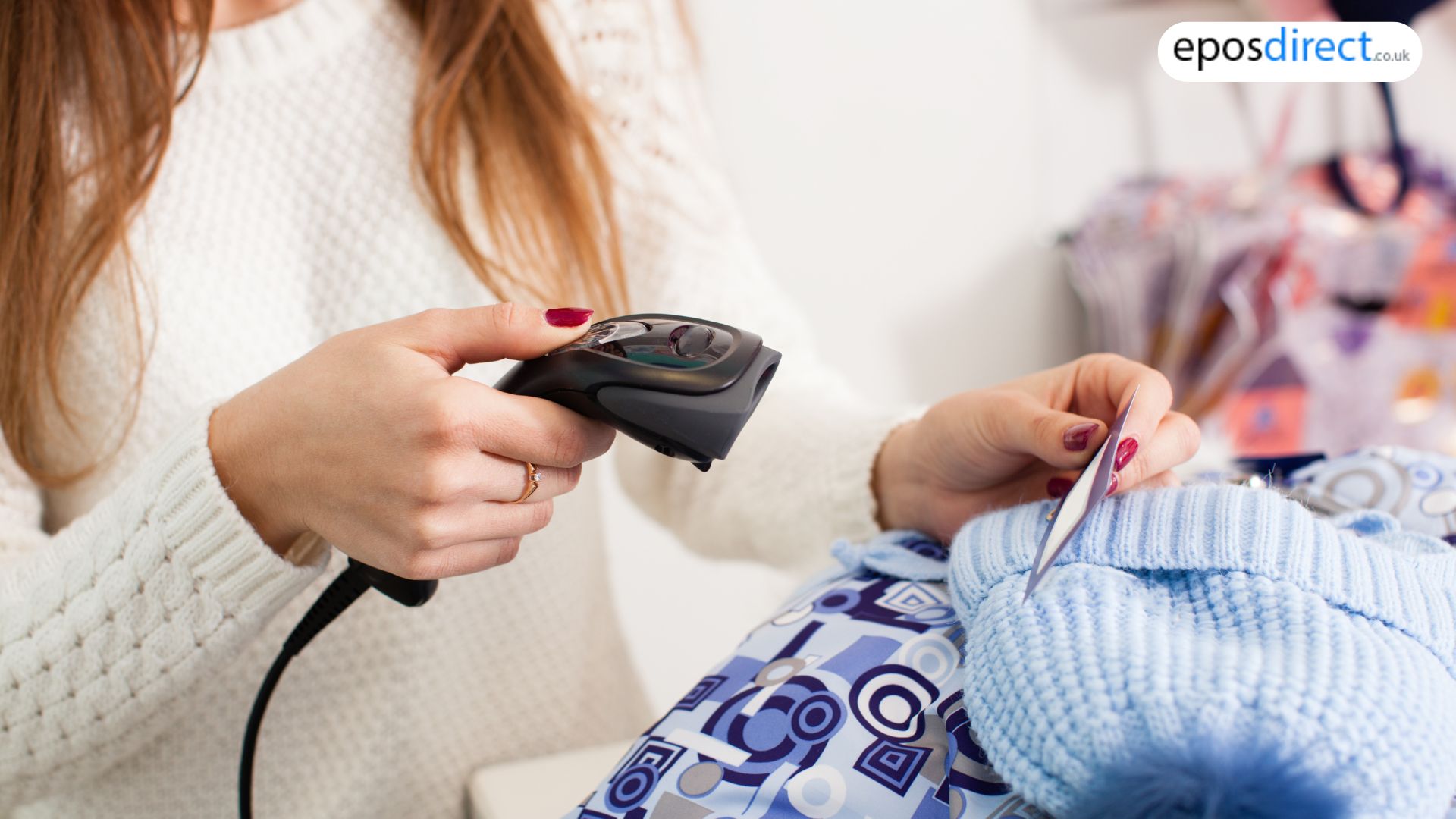We use cookies to make your experience better.
To comply with the new e-Privacy directive, you agree to the privacy policy and our use of cookies
Reducing Queue Abandonment with Smart EPOS Features in Retail and Hospitality

Long queues in today's fast-paced retail and hospitality industries can directly affect your bottom line. Whether you're a high-street fashion retailer or a popular quick-service restaurant, customers want speed. Most customers abandon the purchase altogether when they are faced with extensive waiting times—a concept referred to as queue abandonment. Most businesses concentrate on driving footfall, but reducing waiting times at the point of sale is just as important.
In this blog, we explain how a modern, intelligent EPOS solution can reduce queue abandonment in both sectors. We'll go beyond standard features and look at real-world, high-performance applications that retailers and hospitality firms can use immediately.
1. Advanced Analytics for Real-Time Queue Monitoring
Intelligent EPOS solutions for hospitality and retail are being supplied with real-time queue monitoring and performance dashboards. Floor managers can spot bottlenecks as they develop and respond, for example, by opening more tills or dispatching staff to serve customers.
These insights aren't purely reactive either – they also shape long-term planning. By analyzing peak-time reports, retailers can optimize rotas and plan more effectively for events, promotions, or seasonal spikes.
2. Combined Click & Collect Reduces In-Store Pressure
Click & Collect isn't a flash in the pan—it's a queue-busting tactic. Click & Collect-supporting EPOS systems in UK enable consumers to pre-book online and pick up their orders in-store at their convenience. For fashion, electronics or cosmetic retail businesses selling products, it frees up transaction time in-store.
Hospitality businesses can also gain. Customers place orders in advance and pick up their food without queuing, significantly improving service flow during lunch and dinner rushes.
3. Tablet-Based Checkout and Mobile POS
One of the quickest ways to serve shoppers on the go is by using mobile POS tablets. Sales associates in retail can scan products and process payments anywhere on the shop floor. This is especially handy in clothing stores during sales or promotions.
For hospitality, tableside ordering via EPOS tablets directs orders immediately to the kitchen, bypassing the till queue. Not only is guest experience improved, but service time is reduced and table turnaround enhanced.
4. Labour Management through Intelligent Scheduling Tools
One of the EPOS system gems for retail and hospitality is intelligent staff scheduling. Based on history of sales and footfall, the system can advise how many staff should be on duty when it is busy. Hiring too many is a waste, but hiring too few will mean slow service and higher queue abandonment.
Through EPOS-powered rota scheduling, managers can prevent service delays without costing labour hours, and the business gets leaner and more responsive.
5. EPOS Integrated Self-Service Kiosks
A number of cafes, fast casuals, and even standalone stores are adding self-service kiosks to accelerate the transaction. They are run by the same underlying EPOS software, so inventory, pricing, and promotion logic are consistent.
This enables customers to purchase or order for themselves, freeing up front-of-house personnel and enabling staff to concentrate on higher value-added activity such as upselling or complaints about service.
6. Quick Payment EPOS for Retail Stores
One of the principal bottlenecks is the payment procedure. A quick payment EPOS for retail is capable of processing various kinds of payments—chip and PIN, contactless, mobile wallets, and QR codes—without delay or pause. Those retailers who switch from outdated systems to newer, cloud-based EPOS systems see checkout times reduced considerably.
With popular UK payment providers integrated and digital receipts available, retailers keep queues moving and offer the convenience their customers have come to expect.
7. Contactless Hospitality EPOS System Boosts Table Turnover
For hospitality establishments, the incorporation of a contactless hospitality EPOS system is no longer an option. Through mobile ordering or pay-at-table functionality, customers anticipate seamless experiences. Contactless EPOS not only reduces physical contact (still a consideration after the pandemic) but also allows guests to pay bills quickly and clear tables for the next sitting.
It is also a great way of increasing gratuity capture because electronic prompts can encourage tipping at the time of payment.
8. Inventory Sync in Real-Time
Imagine the customer getting to the front of the line after waiting to find that the item they're looking for is not in stock. This is more common than most would admit. A good EPOS system updates stock in real-time in all sales channels—website, store, and mobile—so staff can avoid selling something they don't possess.
Alternatives can be presented by employees immediately, or they can suggest local stores that carry inventory, saving the sale and the customer relationship.
Conclusion: Tech-Driven Efficiency is No Longer Optional
Reducing queue abandonment isn't about haste—it's about serving intelligently. With an intelligent EPOS system, your enterprise can convert busy periods into profit rather than aggravation. Whether you're a retail fashion store or a high-turnover hospitality establishment, contactless payments, mobile EPOS, click & collect, and fast payment EPOS for retail are no longer a luxury—they are essential.
At EPOS Direct, our solutions are adapted to UK businesses wanting to enhance service speed and efficiency. If your present arrangement is not assisting in shorter customer queues, it could be time to invest in a cleverer solution.







